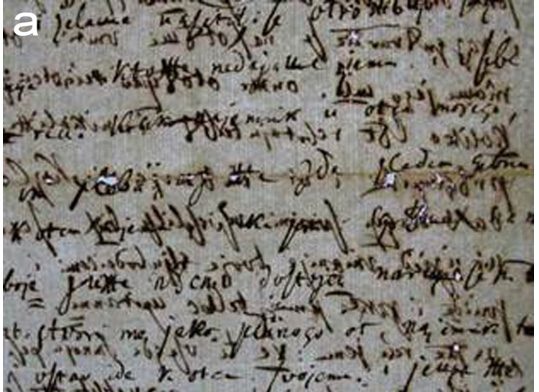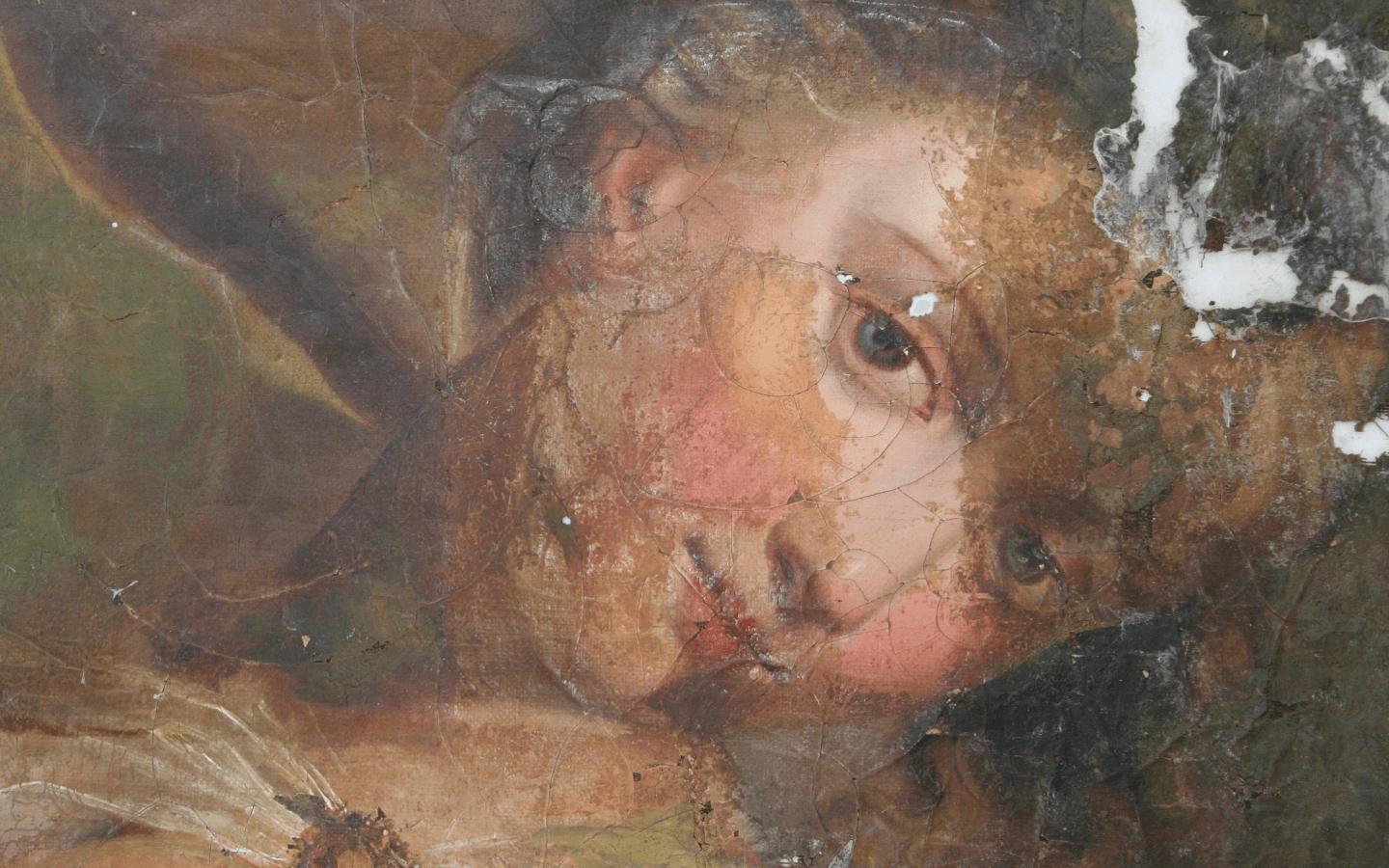If you are interested in cultural heritage and its protection in Slovenia, have a question, initiative or compliment for us and would like to get in touch with us, please contact us. Below you will find answers to the most frequently asked questions.
General
Conservation
Archaeology
Restoration

